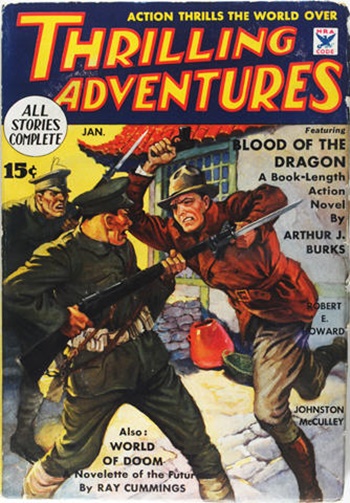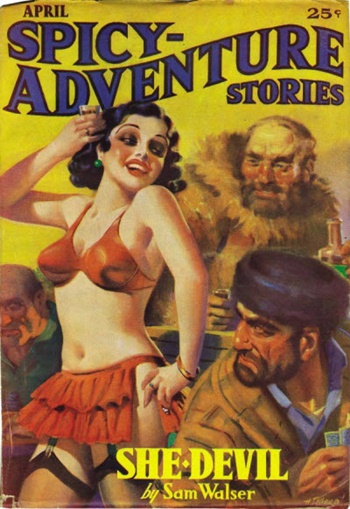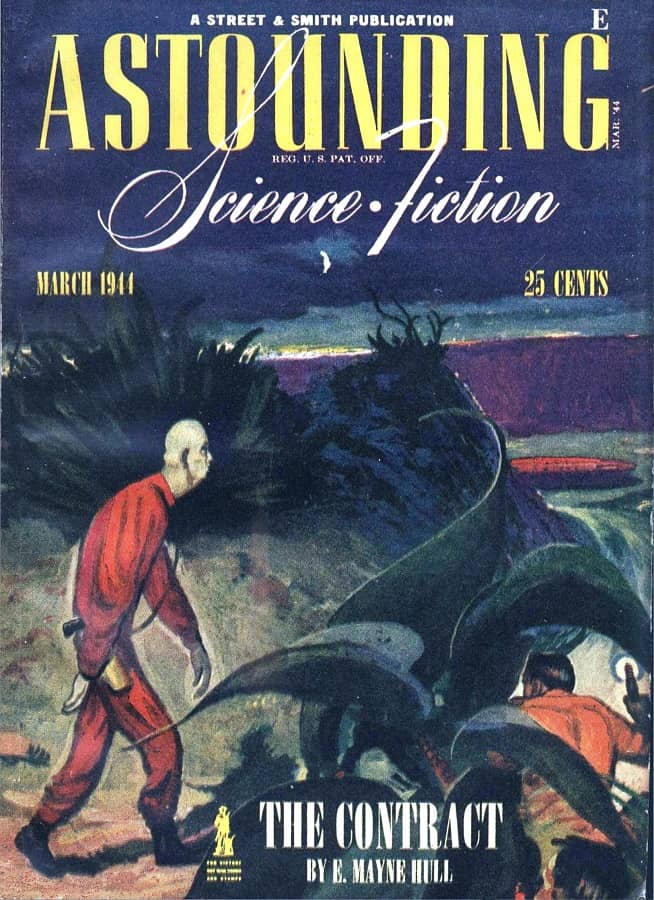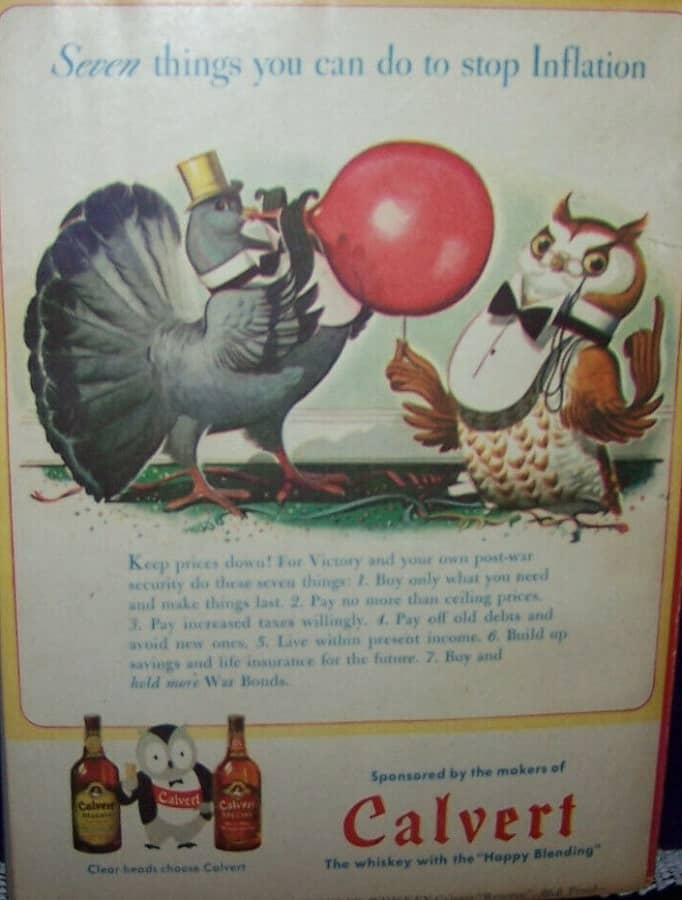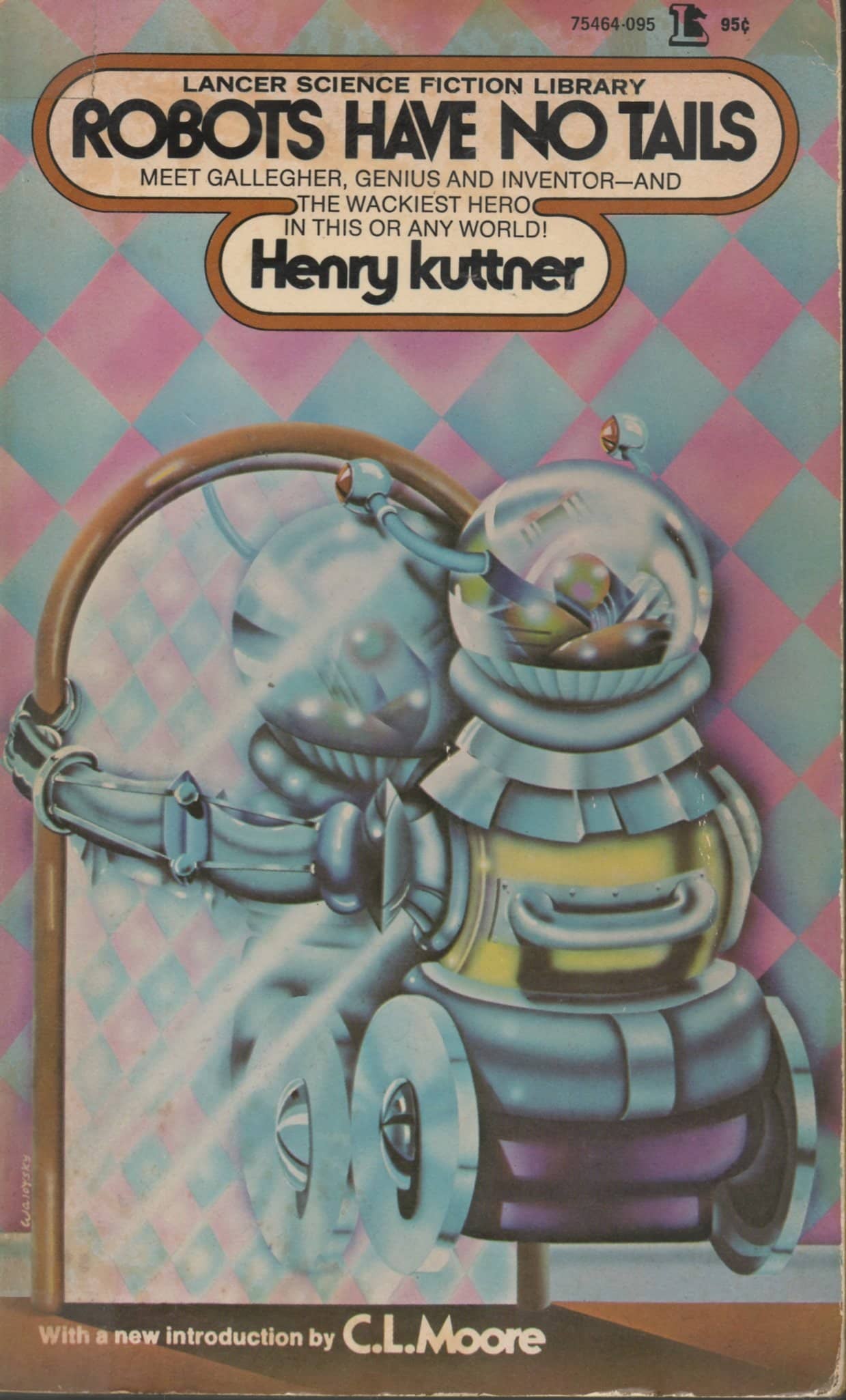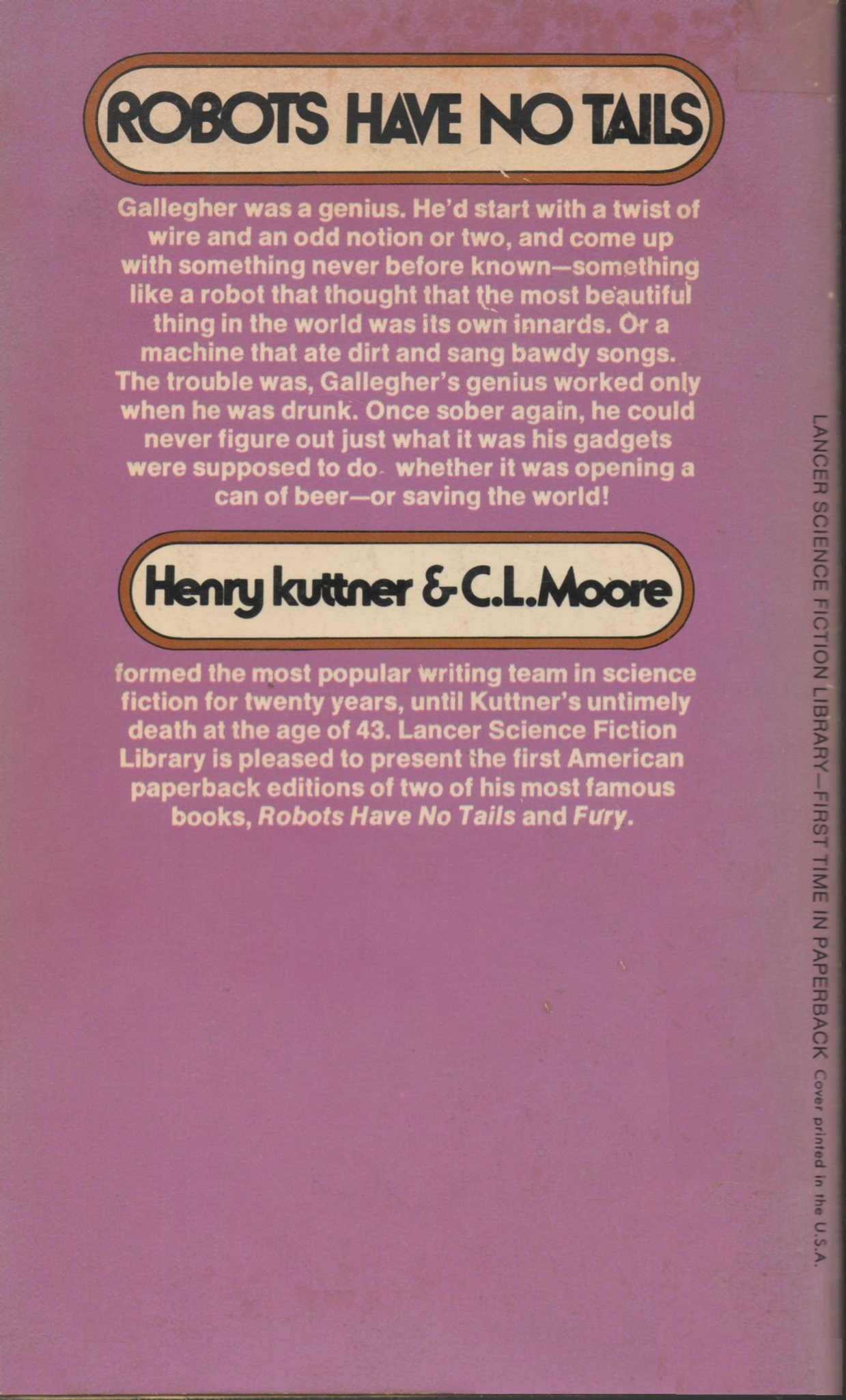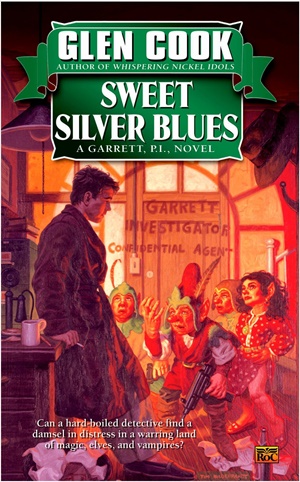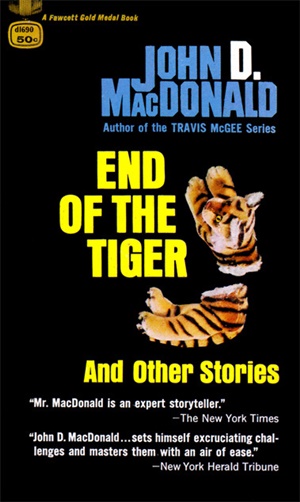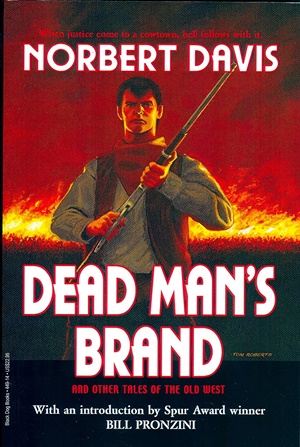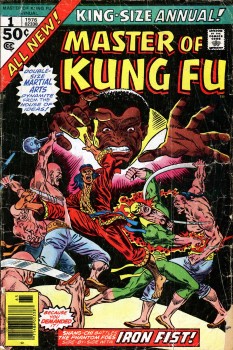A (Black) Gat in the Hand: Norbert Davis’ Max Latin
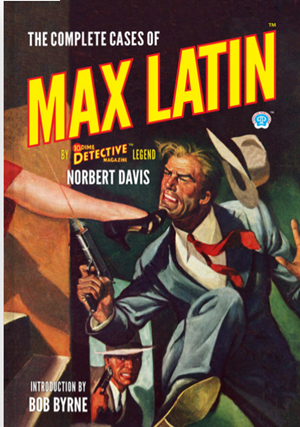 “You’re the second guy I’ve met within hours who seems to think a gat in the hand means a world by the tail.” – Phillip Marlowe in Raymond Chandler’s The Big Sleep
“You’re the second guy I’ve met within hours who seems to think a gat in the hand means a world by the tail.” – Phillip Marlowe in Raymond Chandler’s The Big Sleep
(Gat — Prohibition Era term for a gun. Shortened version of Gatling Gun)
A Black Gat in the Hand makes a rare Fall guest appearance! I think that John D. MacDonald was one of the greatest writers of the 20th Century – in any genre. He’s my favorite author, and I’ve written several essays about him here at Black Gate. His last piece of professional writing before he died was an introduction to The Mysterious Press’ collection of Norbert Davis’ Max Latin short stories. Written for Dime Detective magazine, they are one of my favorite private eye series’.
Unfortunately, MacDonald comes across as a grumpy old man shaking his cane and yelling “Get off my lawn, you kids!” He essentially accused Davis of being a sell-out for moving from the pulps to the slicks. It’s a very unflattering intro. Steeger Books has reissued the collection, but with a new introduction: by me!
Getting to replace something that John D. MacDonald wrote is a thrill for me. As I am an unabashed Norbert Davis fan, it’s a lot more complimentary than JDM’s was. I listen to the audiobook of these stories several times a month. I really enjoy them. Below, find my new intro. And if it sounds like something you might like, swing by Steeger Books and order a copy. It really is one of my favorites.
Norbert Davis is considered one of Joseph ‘Cap’ Shaw’s Black Mask Boys: Those writers who formed the core of the legendary magazine editor’s stable. But Shaw only accepted four of Davis’ submissions, and one has to think it likely that there were more, but which were rejected. Davis would sell ten stories to subsequent Mask editors. Shaw did include a Davis story in his ground-breaking The Hard-Boiled Omnibus, but in reality, Davis was much less of a ‘Shaw guy’ than those more commonly identified, like Dashiell Hammett, Erle Stanley Gardner, Raymond Chandler, Frederick Nebel, Raoul Whitfield, or even Horace McCoy.
